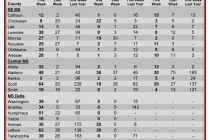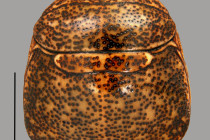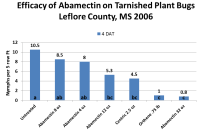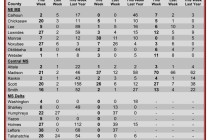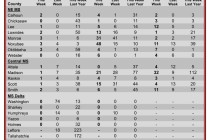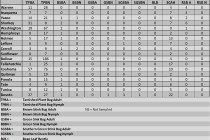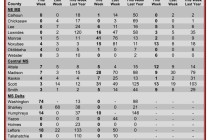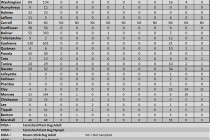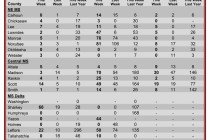👤Buehring, Former Extension Rice Specialist
🕔13:51, 29.Jun 2012
Rice Acreage Report
USDA released their final planting intensions report today. Mississippi is still reported as having 135,000 acres of long grain rice. Estimated long grain acres in other states are estimated as follows: Arkansas 1,140,000 acres, California 5,000 acres, Louisiana 355,000 acres, Missouri 195,000 acres, and Texas 110,000. The total long grain rice acres in 2012 are estimated at 1,940,000 acres. That is an increase of 146,000 acres or 8% from 2011. Also, this acreage report was 4% higher than the March planting intentions report. This latest acreage report coupled with sluggish export sales has bearish implications on the rice market.
Read Full Article▸

